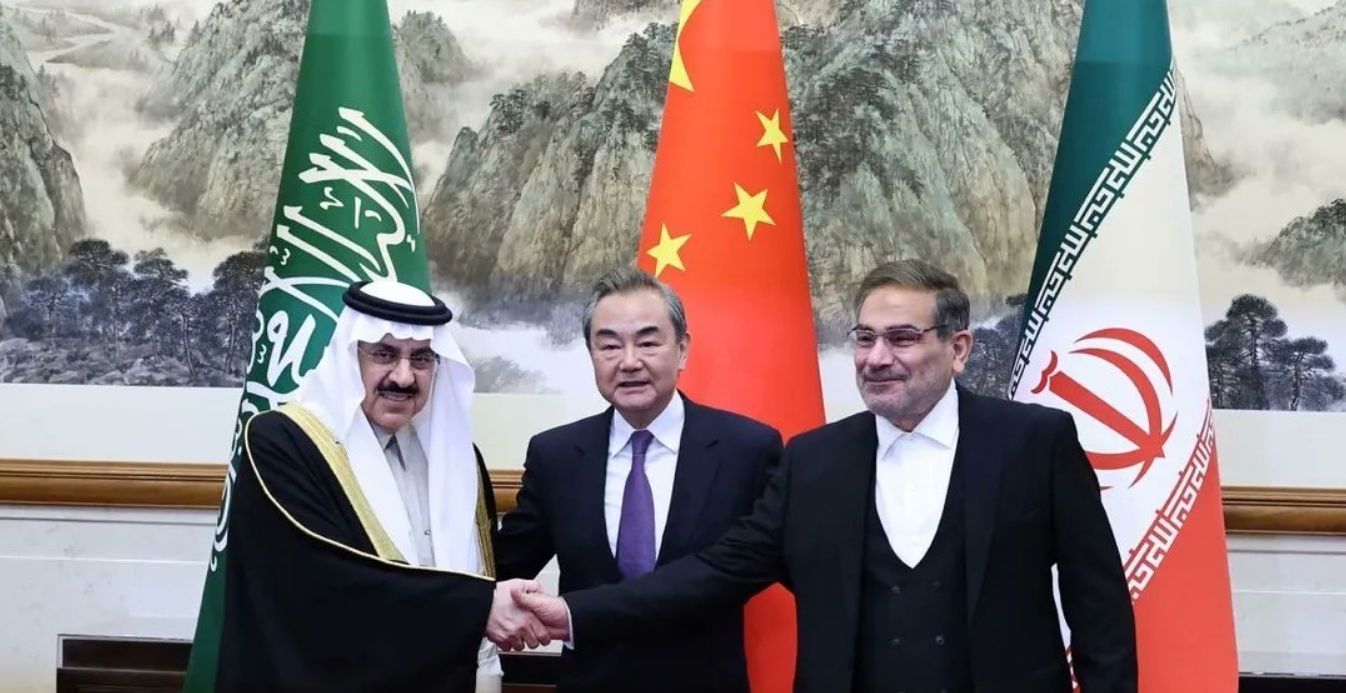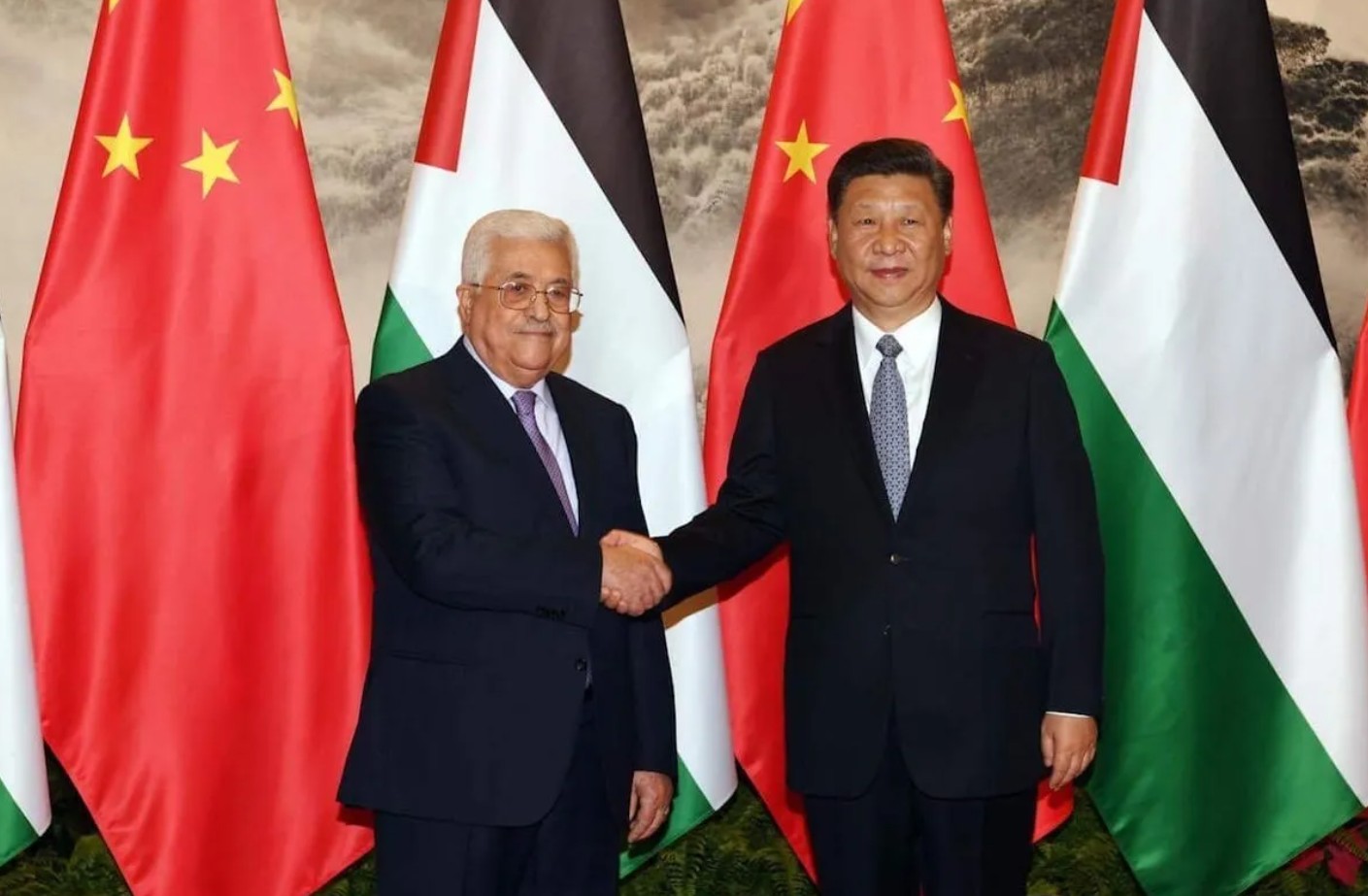Iran-US enmity goes back to the 1950s, the days of Mosaddegh. It intensified in the aftermath of the replacement of the monarchy by a theocratic dispensation under the Ayatollahs.
The long siege of the American embassy in Tehran, the threats intermittently issued by the Khomeinites of exporting the Islamic Revolution of Iran to other regions, particularly the coastal states, and other hostile acts led the US to impose economic sanctions on Iran, which was bound to weaken its economy and restrain its aggressive posturing.
During those days, Washington had a firm foothold in Saudi Arabia because of its oil strategy and the dependence of Arab states on American security arrangements.
Emboldened by successfully ousting the monarchy, Tehran theocracy began opposing every move of the US in the region, linking it up with the threat perception of the state now established on religious ideology.
Iran’s open hostility against the State of Israel and its declaration of destruction of that nation as its state policy pressured successive American administrations from the Congress, which comprised many Jewish lawmakers.
Iran’s interference was not limited to Israel; it meddled with the affairs in Yemen, Syria, Lebanon, and Palestine. Its interference invariably clashed with the interests of the US.
Acts Of Hostility
Had Iran remained content with these unfriendly acts, moderate forces might have supervened and found the path for rapprochement between the two.
That did not happen, and Iran devised its designs for acquiring nuclear capability. It was known that it had been secretly working on the plan, identified the sites, and underlined the step-by-step progress it would be making to become a nuclear power.
This was not a tiny ambition considering its regional and strategic security ramifications. The US and its European allies became alert when they learned about Iran’s nuclear program’s progress. Sanctions were further tightened.
Over the years, successive presidents, both Democrats and Republicans, have cited Iran’s nuclear program, support for terrorism, meddling in the Middle East, and imprisoning American citizens on trumped-up charges as a direct threat to the security and influence of the United States.
American forces have been attacked by Iranian surrogates and allies in Iraq, Lebanon, Saudi Arabia, Syria, and Afghanistan since the 1980s.
Iran Primer of June 9 wrote that Washington has charged that hundreds of Americans have been killed in firefights, suicide bombings, improvised explosive devices, and assassinations. The US has retaliated in some cases and argues that retaliatory measures have been taken only to stop the escalation of hostilities.
Washington’s Main Concerns
These need to be understood clearly. Iran has developed accurate ballistic missiles with a range of up to 2,000 kilometers. It had provided drones to Russia and tens of millions of dollars in arms to militant proxies in Iraq, Lebanon, the Palestinian territories, Syria, and Yemen.
Iran is aggressive at sea in having seized US drones and provocations of US naval forces in the Persian Gulf.
Iran is allegedly carrying cyberattacks on the US government, infrastructure, and private businesses. Iran is hatching plots to kill current and former US officials in retaliation for the 2020 assassination of General Qasim Suleimani, the chief commander of the Iranian “terrorist” outfit called Pasdaran.
As explained by the Secretary of State Anthony Blinken, Washington’s concerns about Iran focus on three areas: support for terrorism, violent opposition to the Middle East peace process, and development of weapons of mass destruction. Secondary American interests include human rights concerns, especially concerning Iran’s religious minorities.
Nuclear Ambition
For more than two years, President Biden tried but failed to restore the 2015 Iranian nuclear deal. The agreement appears to be beyond resuscitation.
In March 2022 and again in September of the last year, Iran walked away from restoring the Joint Comprehensive Plan of Action (JCPOA), making new demands which it knew would not be met.
Iran has brutally suppressed anti-government protests, and provided military aid to Russia, which acts, in their totality, sapped the inclination of the Western powers to restore the JCPOA. “It is dead,” President Biden finally declared in November last.
While negotiations floundered, Iran went ahead with its nuclear program without hindrance and, in some cases, in irreversible ways. Iran is reported to have reached a crucial nuclear milestone.
It has stockpiled hundreds of pounds of highly enriched uranium and installed thousands of advanced centrifuges. Experts say Iran could produce its first bomb’s worth of weapons-grade uranium in weeks and material for subsequent bombs shortly thereafter.
Wriggled Out Of Isolation
Iran is not only advancing its nuclear program without any price, but it has also managed to wriggle out of isolation by turning toward the East. It has established good relations with Russia and China.
By agreeing to rapprochement with the Saudi Kingdom, Iran has simultaneously normalized relations with some of its neighbors. In the words of the Iran Premier, “It is easy to see why the Supreme Leader Ali Khamenei might believe he can have his nuclear cake and eat it, too.”

Biden administration appears to have given up its Plan A – reviving the JCPOA – for reasons stated above. It has also skipped Plan B, which was heaping economic, political, and military pressure on Tehran.
He seems to be concentrating on Plan C, which attempts to prevent the worst outcomes of the nuclear standoff with Iran while retaining the possibility of resolving it in the future.
Conclusion
Arab countries, in general, and Saudi Arabia, in particular, have been seriously thinking over the perils of abandoning their security regime to the care of the US. The matter became serious when Saudi Arabia refused to increase oil production on the instance of Donald Trump and his successor Joe Biden.
That was the first sign of souring relations between the US and the Saudi Kingdom. On beholding that American commitment to protecting them was waning, and Iran was expanding ties with China and Russia, it was time they wriggled out of the American sphere of influence.
Iran Imperia wrote: “Both the UAE and Saudi Arabia chose to publicize their decisions to reestablish diplomatic ties with Iran before even notifying Washington. Even more ominous for the US, in May, China hosted a dialogue among Iran, Oman, Saudi Arabia, and the UAE to discuss establishing a joint naval fleet to conduct security operations in the Persian Gulf.”
Israel had straightened its relationship with the UAE, and the Saudis did not take umbrage in this development. Even Israel did not feel enormously insecure after the Beijing peace agreement was signed.

China has hinted that it would gladly help resolve the Palestinian logjam, and Palestinian President Mahmoud Abbas was recently seen on a visit to meet with President Xi in Beijing.
These political developments helped Tehran walk out of isolation and feel confident to give little importance to the punitive measures like sanctions imposed by the US.
There is no change in Iran’s core doctrine of its foreign policy laid down by the supreme religious leader Khamenei in 2010.
It says, “Not only do the shores of the Persian Gulf and much of the Gulf of Oman belong to Iran, but also Iran must vigorously demonstrate its power throughout the region because it is our historical, geographical, and regional duty.”
- KN Pandita (Padma Shri) is the former Director of the Center of Central Asian Studies at Kashmir University. Views expressed here are of the author’s.
- Mail EurAsian Times at etdesk(at)eurasiantimes.com




